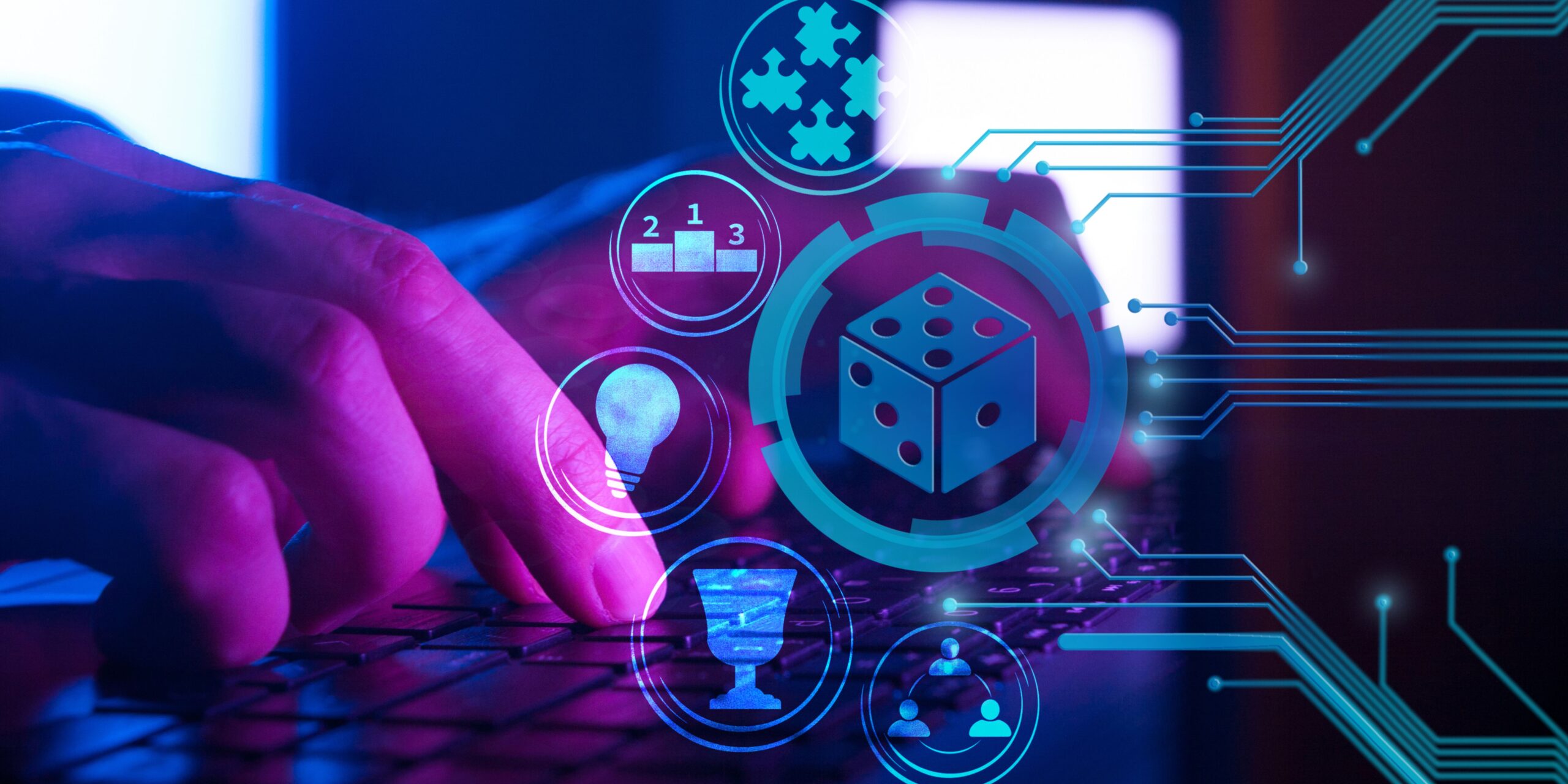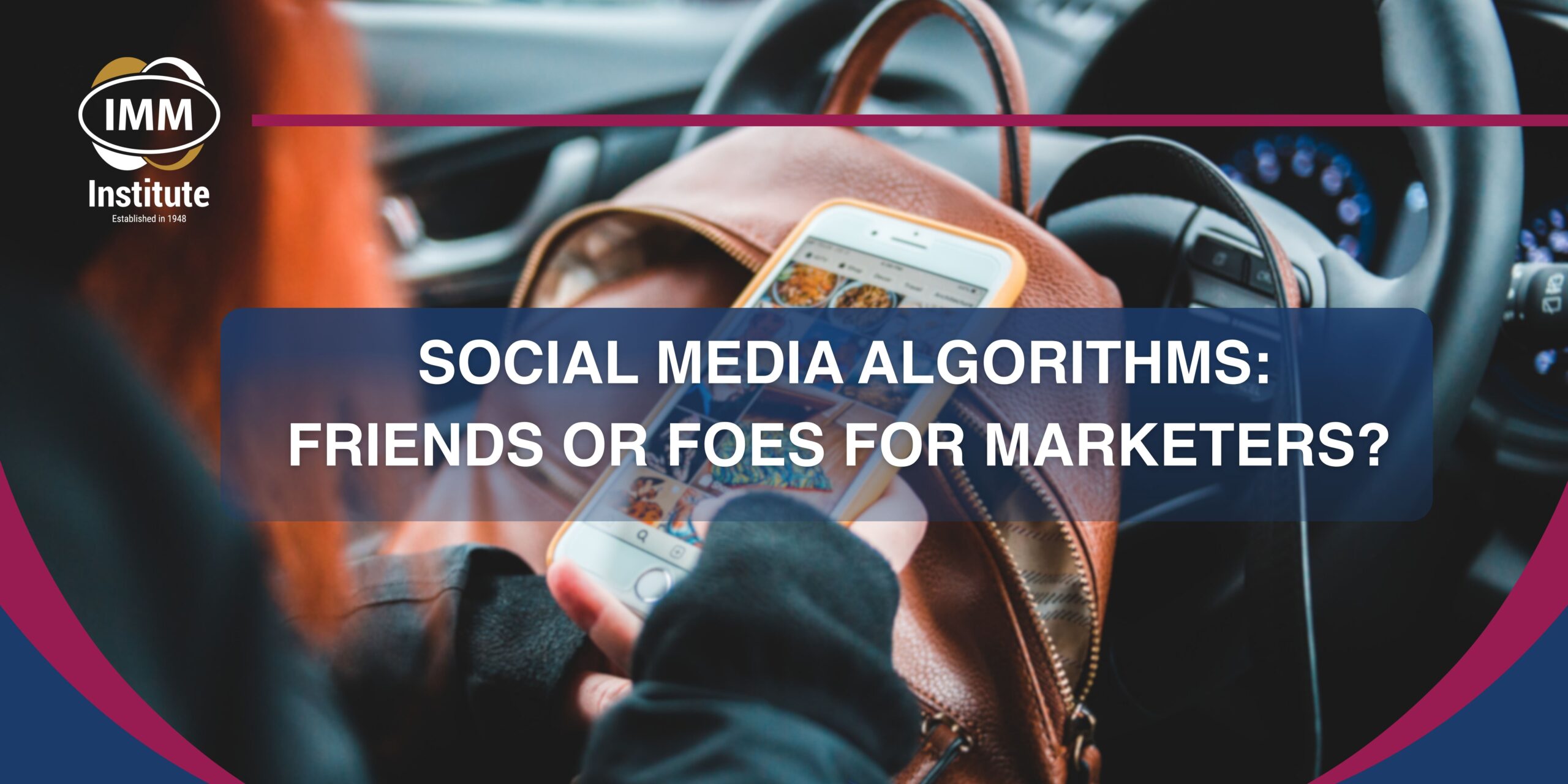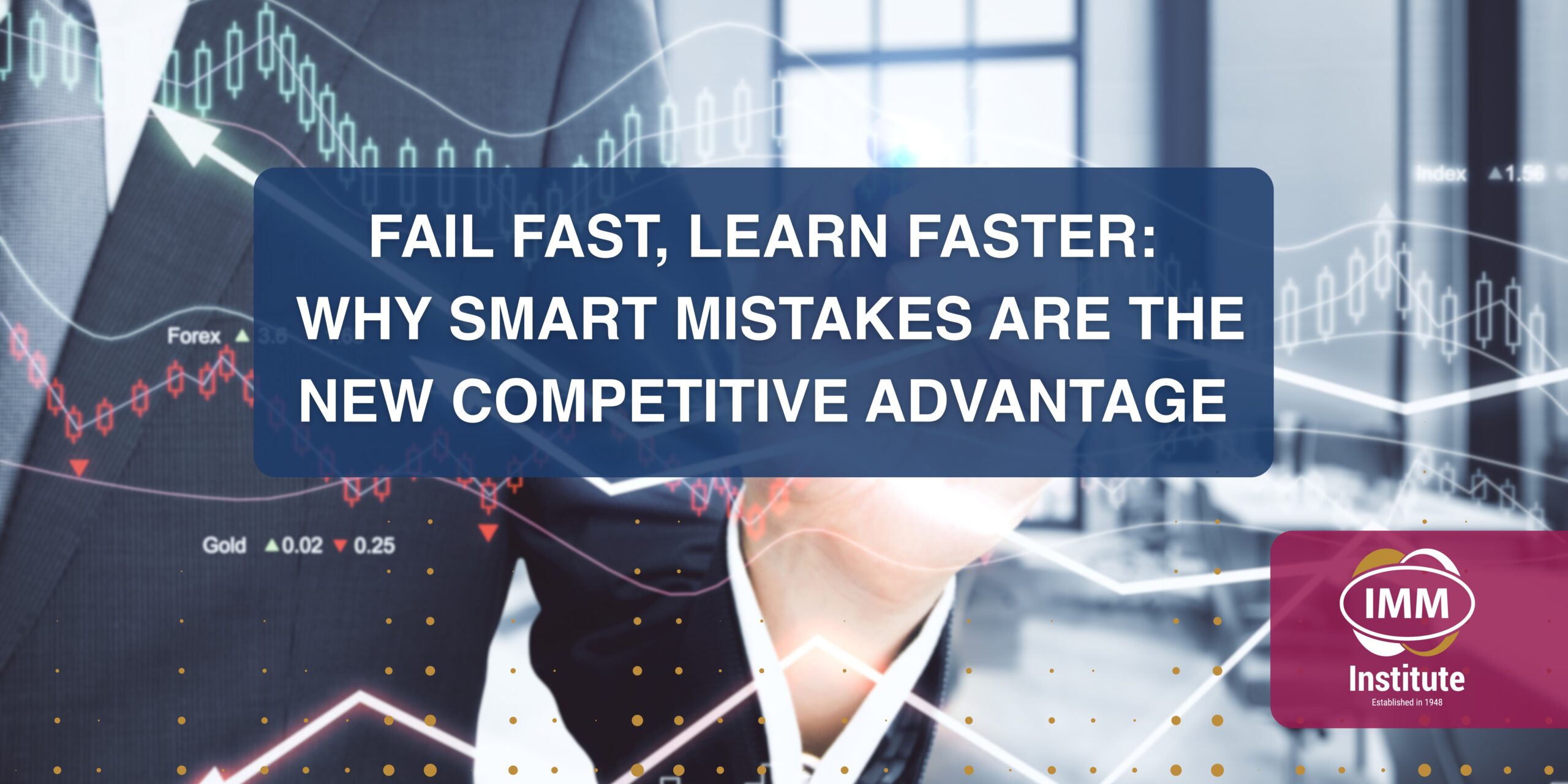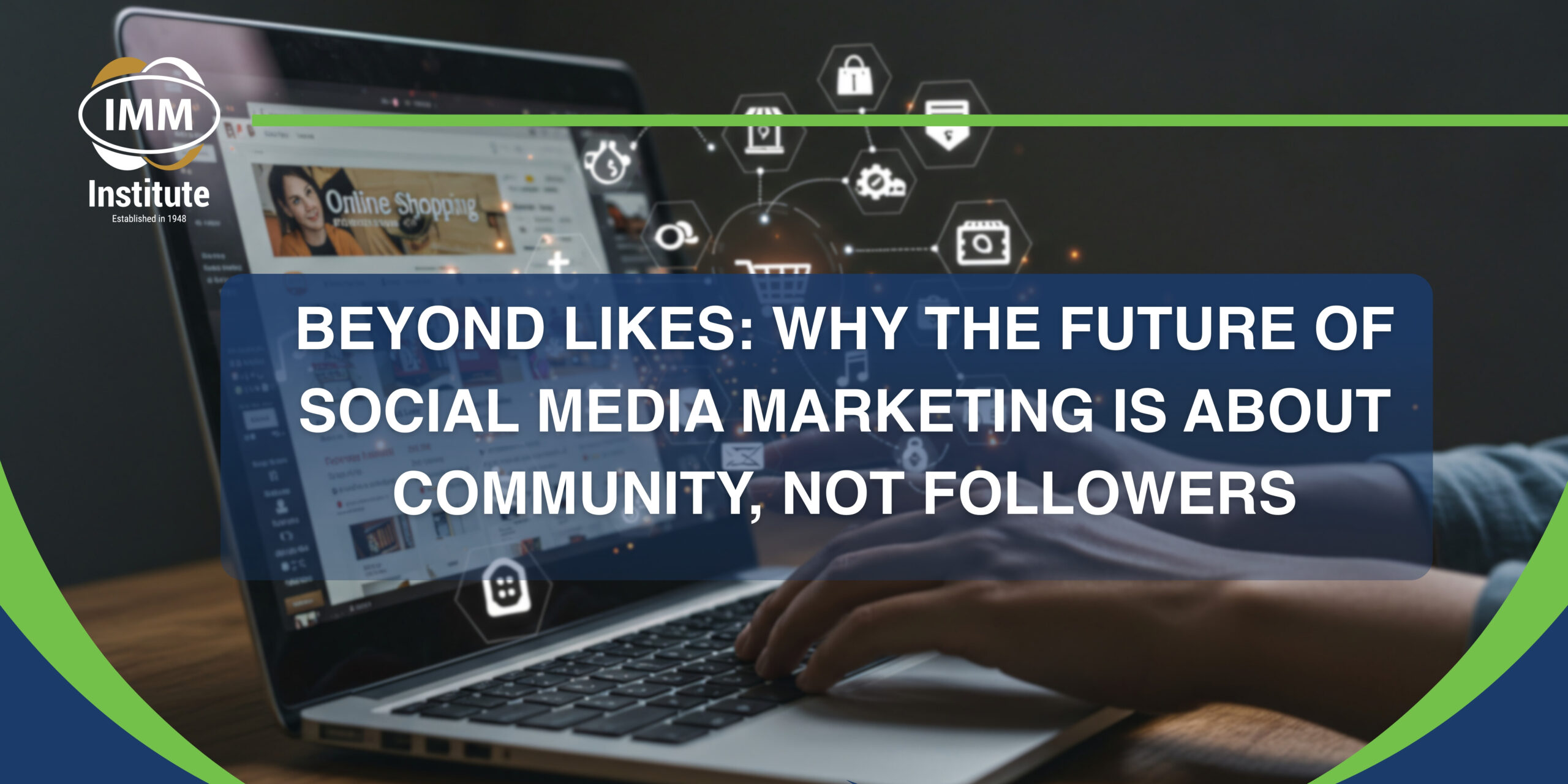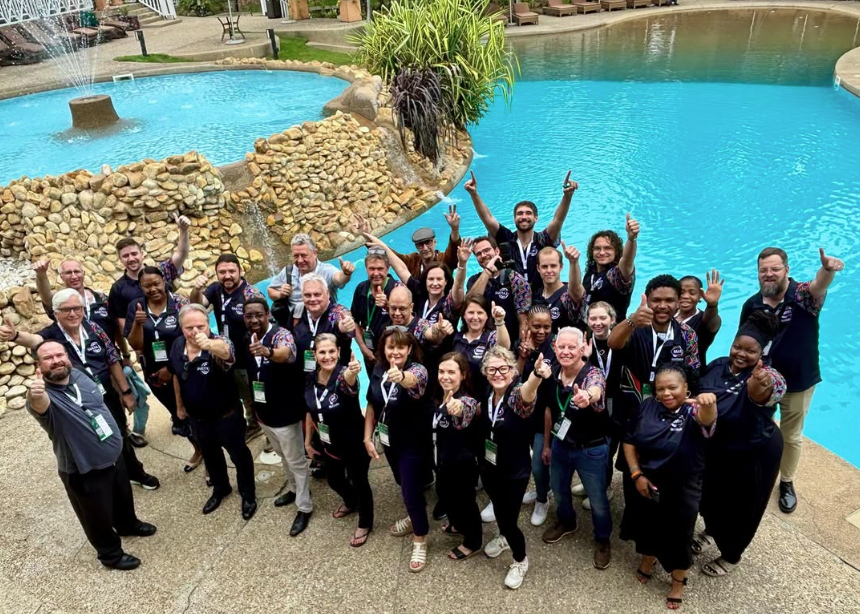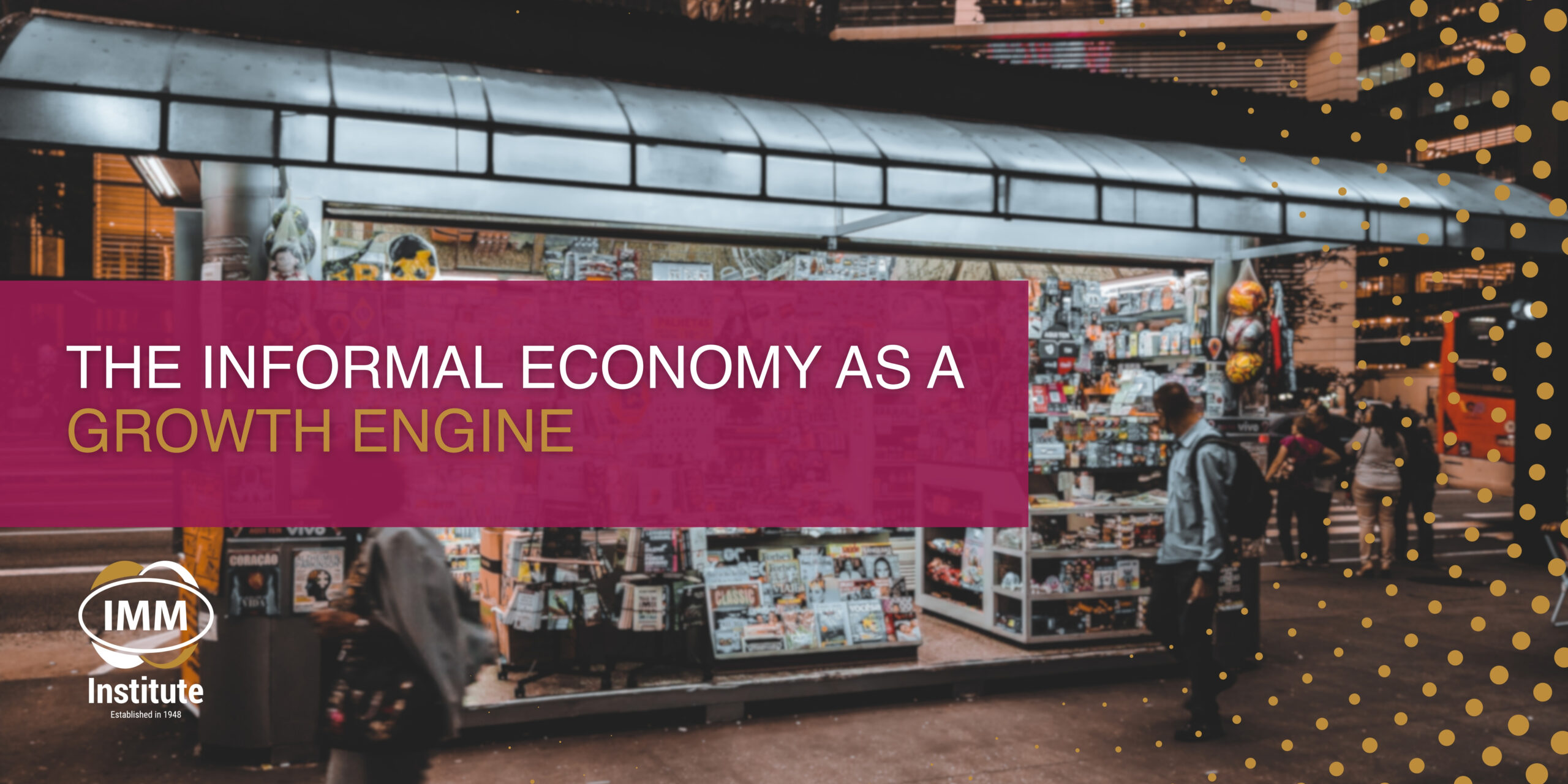Gamification has become one of the most effective ways to increase customer engagement and improve marketing. Gamification in marketing uses strategies like leader boards, rewards, tasks, and tracking progress to give customers experiences that are fun, engaging, and immersive. This strategy not only builds bonds between brands and customers, but also encourages long-term involvement and loyalty.
What is Gamification in Marketing?
Defining Gamification
Gamification is the process of applying ideas from games to situations that aren’t games in order to boost motivation and engagement. Creating an interactive experience that encourages participation and loyalty is the aim. Gamification transforms ordinary interactions into interesting experiences, increasing customer engagement with a brand. This technique takes advantage of the natural human desire for competitiveness and achievement, motivating users to execute certain tasks. Companies that turn work into a game can increase customer satisfaction and foster a closer bond with their brand. Because of this, gamification in marketing has become a distinctive approach to making an impression in a crowded field and building enduring relationships with customers.
As the internet progresses and grows, gamification in marketing will likely move on over to the Metaverse. This is why we suggest that all marketers get ahead of the curve and enrol in the Marketing in the Metaverse course offered by the IMM Institute. Follow the link to find out more: https://www.immonlinecourses.co.za/courses/marketing-in-the-metaverse

Examples of Gamification in Marketing
KFC: Gaming on mobile
KFC Japan determined that Shrimp Attack, a mobile ‘advergame’, was the most effective approach to engage users. The idea was straightforward: Using reward coupons, users could encourage others to sample the restaurant’s new battered shrimp line by swiping away at virtual shrimp that were falling from a cartoon sky.
Under Armour: Factual Information
Through its “Steph IQ” quiz app, Under Armour interacted with customers by asking questions about point guard Steph Curry each time he made his first three-pointer in a regular season game. The app was designed to engage users with the Under Armour brand while testing their knowledge of Curry in an elimination-style format.
Starbucks: App for Rewards
Do you want coffee? Why not add some incentives to it as well? This is the concept underlying the Starbucks Rewards app, which allows users to accumulate “stars” for each transaction that can then be exchanged for food or beverages.
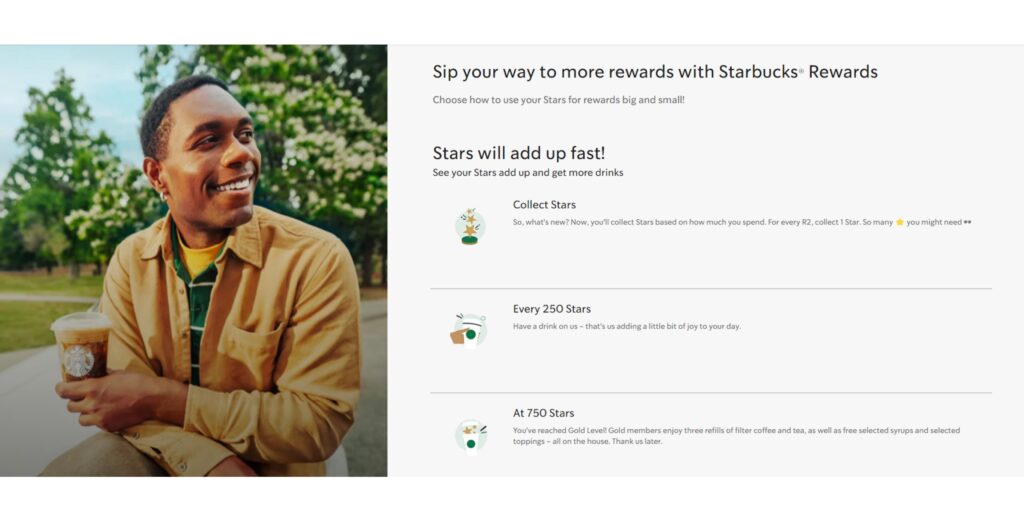
(Source: Starbucks Website, 2024, https://www.starbucks.co.za/rewards)
Duolingo: An educational game
That owl, oh my. If you are familiar with this language-learning programme, you are aware that users are frequently reminded that they haven’t finished their daily session by the company’s owl mascot. The utilisation of minigames to assist users in learning a new language, however, is more significant. Duolingo is doing gamification right with its assortment of brief games, which include choosing the correct word to finish a sentence, translating a phrase after hearing it, and pronouncing words into your device’s microphone to check your pronunciation.
Wordle: Counter of streaks
Where have you been if you haven’t heard about Wordle? The New York Times recently bought this word guessing game that requires six tries to solve. Although the firm hasn’t extensively monetised it yet, there is definitely potential to move in that route. Beyond the actual game, a crucial component is the streak counter, which displays the user’s percentage of completion for each problem solved. If you skip a day, your counter resets.
Nike: A workout match
An app called NikeFuel encourages users to share their fitness achievements and objectives and integrates with Nike wearable technology. This not only aids in increasing brand awareness in society, but it also helps Nike become more ingrained in consumers’ daily lives.
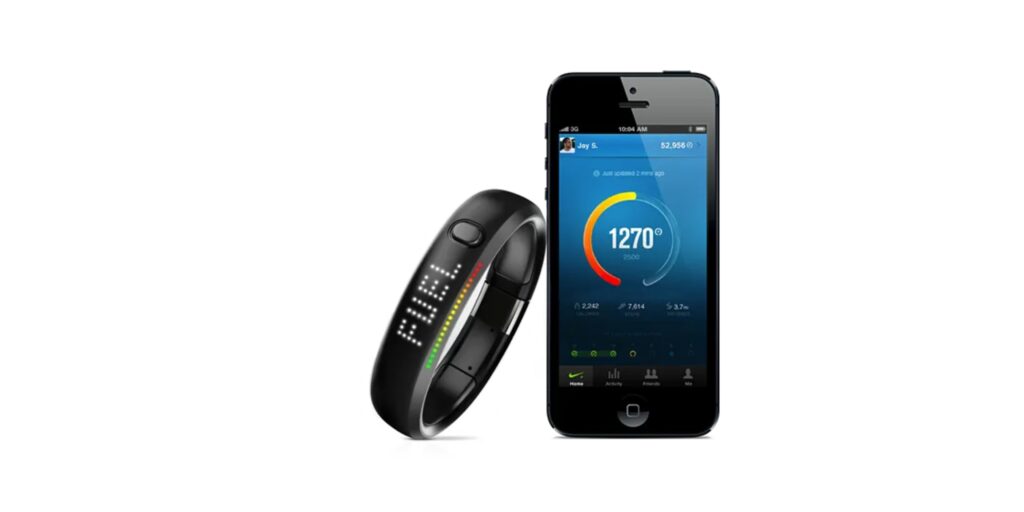
(Image Source: Bootcamp, 2021, https://bootcamp.uxdesign.cc/assumptions-and-failures)
eBay: An emotional financial commitment
The sales process’s game-like structure contributes to its allure. Users place bids on goods they desire, and if they’re fortunate enough to not be outbid, they may win a fantastic deal. eBay gives users the ability to continuously participate in the buying process by letting them set a maximum price and receive alerts if their bid is outbid.
Headspace: An app for social sharing and meditation
After launching the app, Headspace encourages users to finish taking their first prescription in three minutes. If they succeed, they will have something to show off to others. Headspace users can share any achievement, which makes it possible for them to stay in touch.

Benefits of Gamification in Marketing
Enhanced Customer Engagement
By transforming inactive clients into active players, gamification raises customer engagement. Businesses may provide consumers a more engaging and enjoyable experience by including elements of a game, such as leader boards, challenges, and prizes. Additionally, gamification increases interaction engagement by igniting internal motivators like success, competitiveness, and curiosity. Customers are therefore more likely to use the company again, tell others about their experiences, and even suggest it.
Increased Brand Loyalty
Gamification is an effective method for increasing brand loyalty. Customers are more likely to form favourable emotional connections with a business when everyday contacts are transformed into engaging experiences. Rewards and incentives drive recurrent encounters, leaving customers feeling valued and appreciated. This sense of success and acknowledgment enhances their relationship with the brand.

Challenges and Considerations
While there are many advantages to gamification for consumer engagement and brand loyalty, there are also a number of issues and concerns that marketers need to be aware of in order to make sure it works.
Understanding the Target Audience
Different consumers react differently to gamification. Comprehending the target audience’s demographics, tastes, and habits is vital. For example, whereas older audiences might favour more complex, uncomplicated rewards systems, younger audiences might value the competitive aspects of leader boards and badges. If the gamification approach is not well matched with the target audience, it may cause disengagement instead of increased engagement.
Balancing Fun and Function
Gamification should improve the user experience without taking away from the interaction’s main goal. Gamified aspects have the potential to irritate rather than engage people if they are overly intricate or detract from the main point of the product or message. Achieving a balance between gamification components that smoothly integrate into the user journey and offer value and delight without causing problems is crucial.
Maintaining Motivation Over Time
Keeping users’ interest and motivation over time is one of the major challenges of gamification. If the chores grow monotonous or the benefits aren’t enticing enough, the initial excitement may fade. It takes changing rewards programmes, fresh challenges, and frequent updates to keep the interaction interesting and engaging. To maintain long-term engagement, marketers need to constantly develop and modify their gamification techniques.
Ethical Considerations
If gamification is not done responsibly, it can occasionally verge on manipulation. Ensuring that gamification tactics are equitable and transparent is crucial. Consumers should constantly be aware of the guidelines, the manner in which they can earn rewards, and the potential collection of their personal information. Excessive use of gamification techniques can cause mistrust and harm a company’s image.
Measuring Effectiveness
It might be difficult to gauge whether gamification techniques are successful. The subtle advantages of more engagement and brand loyalty may not be fully captured by traditional metrics like sales statistics and website traffic. It is imperative for marketers to provide all-encompassing metrics that evaluate both the qualitative and quantitative facets of consumer interactions. To obtain a comprehensive understanding of the impact of gamification, this could involve monitoring user activity, engagement rates, and customer feedback.
Technical Implementation
It takes a strong technical infrastructure to implement gamification elements. This entails making certain that the website or app can manage an increase in user activity, precisely measuring progress, and safeguarding user information. Issues with technology or security can seriously damage the engagement and trust that gamification seeks to foster. Therefore, the effective application of gamification techniques requires a strong technological basis.
Cost and Resource Allocation
The creation and upkeep of gamification components might need a lot of resources. A substantial time, financial, and human resource investment is needed for everything from creating the gamified experience to routinely updating the content and incentives. Marketers need to consider these expenses in addition to the possible return on investment to decide if gamification makes sense in their particular situation.
How Gamification Increases Engagement
Rewards and Incentives
Brands can incentivise customers to engage in deeper and more regular interactions by offering incentives, like coupons, access to premium material, badges, or points that may be accumulated and exchanged for tangible products or services.
Leader boards and Competition
Leader boards and competition are effective gamification components that can dramatically increase customer engagement. Leader boards capitalise on the basic human urge for recognition and status by highlighting users’ achievements and ranks. This competitive feature encourages customers to participate more actively and aim for higher ranks. In order to make the experience more relevant and interesting for a variety of user groups, leader boards can be customised to display specific metrics like points earned, tasks completed, or levels reached. Brands can sustain high levels of user participation and passion by regularly updating leader boards and adding new competitive features, which will ultimately improve total consumer engagement.

In Conclusion
Gamification has become a potent technique for increasing client loyalty and engagement. Through the utilisation of game-like components like leader boards, tasks, awards, and progress tracking, businesses can craft enjoyable and engaging experiences that effectively connect with their target audience.
Marketers must overcome a number of obstacles and take into account a number of factors in order to fully realise the potential of gamification. A good gamification strategy requires a number of essential elements, including knowing the target audience, striking a balance between fun and functionality, preserving long-term motivation, abiding by ethical norms, properly measuring efficacy, guaranteeing a solid technical implementation, and controlling expenses.
Businesses may create gratifying and engaging experiences that not only draw in new clients but also strengthen existing ones and increase loyalty by taking care of these things.

